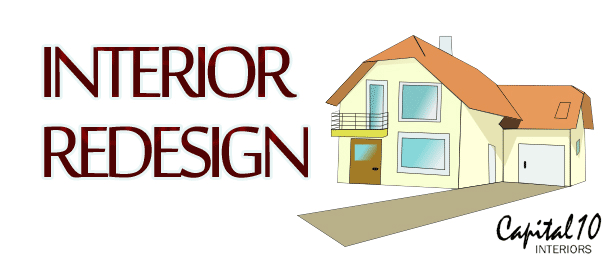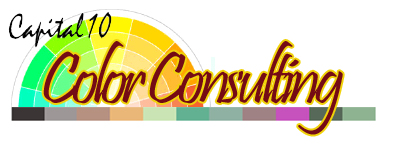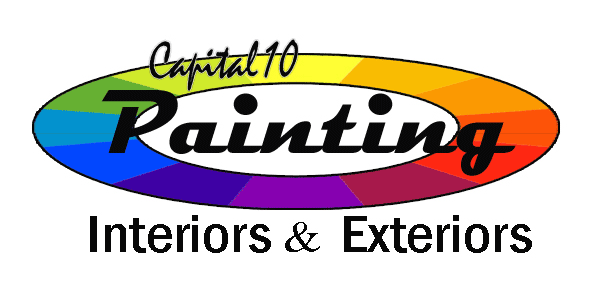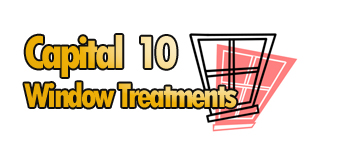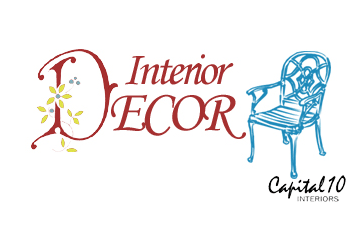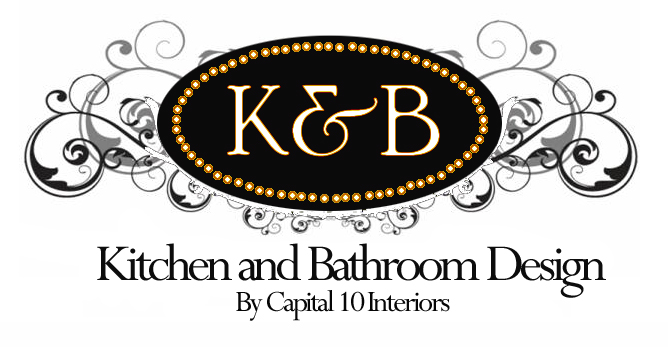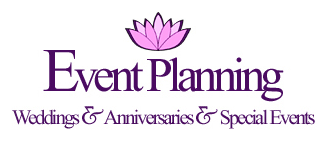Website Designed By
www.WhamoWebsiteDesign.com
www.WhamoWebsiteDesign.com
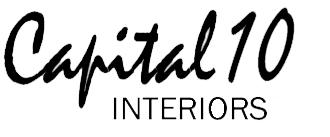
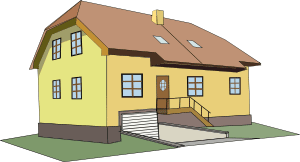
10 COMMERCIAL & RESIDENTIAL REDESIGN SERVICES
New Clients I About Us I Starter Guide I Portfolio I Affiliates I Tips & FAQ I Lighting I Shop I News I Careers I Contact Us

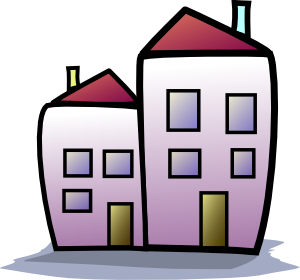

We'd Love to Hear About your Home and Business Projects!!






Contact us or call to find out how we can help.
www.Info@Capital10Interiors.com
www.Info@Capital10Interiors.com




Lighting Terms
Brighten it right with
Bring an atmosphere--a mood, an accent--to light
Lighting Introduction I Lighting Planning I Lighting Terms I Lighting Tips
Lighting Terms:
There are three categories of lighting that we distinguish:
There are three categories of lighting that we distinguish:
1. Ambient Lighting
This is general lighting that is essential in any lighting plan. It provides overall illumination enabling one to see and walk about safely. It can be accomplished with chandeliers, ceiling or wall mounted fixtures, recessed or track lights, and with lanterns outside your home
2. Task Lighting
Helps you perform specific tasks such as reading, sewing, cooking, homework, hobbies, games, or balancing your check book. It can be provided by recessed and track lighting, pendant lighting and portable lamps. Task lighting should be free of distracting glare and shadows and should be bright enough to prevent eyestrain.
3. Accent Lighting:
Adds drama to a room by creating visual interest. As part of your decorating scheme, it can be used to spotlight paintings, house plants, sculptures, and other prized possessions, or to highlight the texture of a wall, drapery or outdoor landscaping. Accent lighting requires at least three times as much light on the focal point as the general lighting around it. This is usually provided by track, recessed or wall mounted fixtures.
This is general lighting that is essential in any lighting plan. It provides overall illumination enabling one to see and walk about safely. It can be accomplished with chandeliers, ceiling or wall mounted fixtures, recessed or track lights, and with lanterns outside your home
2. Task Lighting
Helps you perform specific tasks such as reading, sewing, cooking, homework, hobbies, games, or balancing your check book. It can be provided by recessed and track lighting, pendant lighting and portable lamps. Task lighting should be free of distracting glare and shadows and should be bright enough to prevent eyestrain.
3. Accent Lighting:
Adds drama to a room by creating visual interest. As part of your decorating scheme, it can be used to spotlight paintings, house plants, sculptures, and other prized possessions, or to highlight the texture of a wall, drapery or outdoor landscaping. Accent lighting requires at least three times as much light on the focal point as the general lighting around it. This is usually provided by track, recessed or wall mounted fixtures.
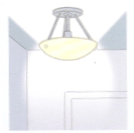
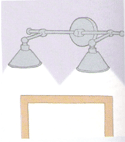
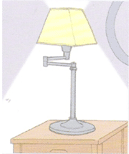
Other Terms:
It can be daunting trying to figure out what all the different terms of lighting mean and how to use them to devise a lighting plan. Here are some common terms and their meanings.
Beam Angle/Spread -
This is the shape of the light emitted from a bulb with reflective properties. The beam expressed in the form of an angle measurement can be wide, normal or narrow.
Colour Rendering Index (CRI) -
This is a scale of 1 to 100 to determine how the light will show the colour of an object. The reference point is sunlight being100. An object will appear as the colour it should to the human eye. A lower CRI number will distort the colour of an object.
Color Temperature -
This is used to measure the color appearance of light. It is measured in units called Kelvin(K). Light sources below 3200K are considered warm and have reddish overtones. 4000K and above are considered cool and have bluish overtones. For reference a normal home will be in the 3000K area while offices and retail establishments will be in the 4000K area. 5000k is reserved for such areas as an operating room or jewelry store.
Compact Fluorescent (CFL) -
This is a term used for fluorescent bulbs that are made to take the place of incandescent lamps and are manufactured in shapes and sizes to accomplish this task. They outlast an incandescent about 10 times and use energy much more efficiently.
Foot candle -
This is was originally the unit of measurement based on how much light will reach the surface of an object one foot away from a candle. It is now considered equivalent to a lumen which is the illumination of one square foot.
Work Plane -
The average work plane is considered to be an area about 30" off the floor. Lighting this plane should be your goal as this is where the majority of tasks are done.
It can be daunting trying to figure out what all the different terms of lighting mean and how to use them to devise a lighting plan. Here are some common terms and their meanings.
Beam Angle/Spread -
This is the shape of the light emitted from a bulb with reflective properties. The beam expressed in the form of an angle measurement can be wide, normal or narrow.
Colour Rendering Index (CRI) -
This is a scale of 1 to 100 to determine how the light will show the colour of an object. The reference point is sunlight being100. An object will appear as the colour it should to the human eye. A lower CRI number will distort the colour of an object.
Color Temperature -
This is used to measure the color appearance of light. It is measured in units called Kelvin(K). Light sources below 3200K are considered warm and have reddish overtones. 4000K and above are considered cool and have bluish overtones. For reference a normal home will be in the 3000K area while offices and retail establishments will be in the 4000K area. 5000k is reserved for such areas as an operating room or jewelry store.
Compact Fluorescent (CFL) -
This is a term used for fluorescent bulbs that are made to take the place of incandescent lamps and are manufactured in shapes and sizes to accomplish this task. They outlast an incandescent about 10 times and use energy much more efficiently.
Foot candle -
This is was originally the unit of measurement based on how much light will reach the surface of an object one foot away from a candle. It is now considered equivalent to a lumen which is the illumination of one square foot.
Work Plane -
The average work plane is considered to be an area about 30" off the floor. Lighting this plane should be your goal as this is where the majority of tasks are done.
Capital 10 Interiors understand you may read all these and other definitions but still be confused. When it comes to recessed lighting, (for example) it's all about spacing. Once you can visualize what pattern the light form you are using has, you can then accurately lay out the lighting properly.
Summery:
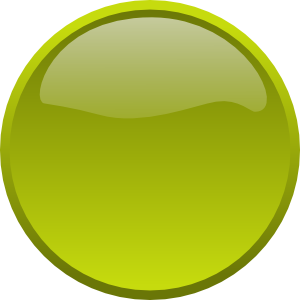
Links
